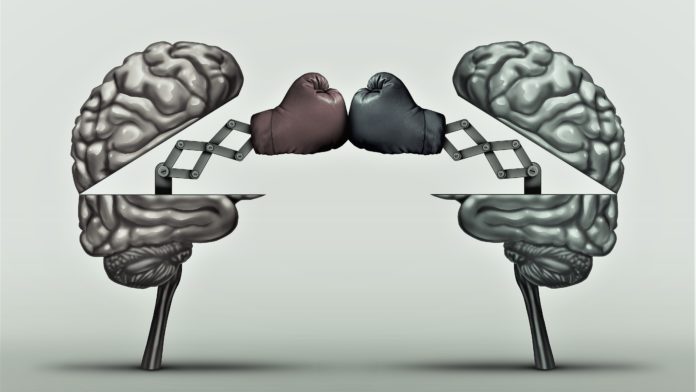Working memory is how you hold things in mind like the directions to a new restaurant and the list of specials the waiter rattles off after you sit down. Given that working memory capacity is a strong correlate of intelligence and that its dysfunction is a major symptom in common psychiatric disorders such as schizophrenia and autism.
According to Mikael Lundqvist, a postdoc at MIT’s Picower Institute for Learning and Memory, working memory is the sketchpad of consciousness.
In a debate where the stakes are out and out seeing how the brain keeps up its supposed “sketchpad of a conscious thought,” specialists talk about precisely what influences working memory to work.
The main point of the debate is what happens after you hear or see what you need to remember and must then hold or control it in mind to apply it later.
Amid that interval, or delay period, the main question is whether neurons in your brain’s prefrontal cortex keep up it by constantly terminating endlessly, similar to a lingering car engine, or whether they spike to sum things up yet planned blasts to store and recover data by means of the examples of their associations, which is likened to how longer-term memory works.
Here, Lundqvist, Miller, and Pawel Herman off the KTH Royal Institute of Technology in Stockholm, Sweden take the latter position.
They contend that short, organized blasts are plainly clear in the perceptions of the latest trials and that such movement can all the more attractively create key qualities of working memory, including productive, free control of various things with exact planning.
Scientists noted, “Our work doesn’t argue against the idea that delay activity spiking plays a role in working memory, it adds further support. We are just saying that at a more granular level, there are some additional things going on.”
“The data supporting the persistence interpretation arise mostly from analyses in which researchers averaged the firing patterns of small numbers of neurons over many working memory trials.”
Miller and Lundqvist said, “Averages, however, tend to smooth data out over the long term. Instead, in newer experiments, scientists have analyzed the spiking of many neurons in each individual trial. There, it’s clear that as animals perform working memory tasks, populations of neurons fire, in brief, coordinated bursts.”
During their studies, scientists discovered that how groups of neurons are coordinated, demonstrating how a large-scale, precisely timed interplay of brain rhythms correlate with goal-directed control of working memory functions such as storing or releasing, information from being in mind.
Miller and Lundqvist argue that it makes functional sense that neurons fire in short, cohesive bursts in accord with circuit-wide oscillations. That uses less energy than keeping neurons firing all the time, for example, and readily explains how multiple items can be held in mind simultaneously (distinct bursts representing different pieces of information can occur at different times). Moreover, storing information in patterns of synaptic connections makes the information more resilient to distraction than if neurons are constantly trying to maintain it through activity.
Lundqvist said, “Storing information with a mixture of spiking and synapses gives the brain more flexibility. It can juggle the activation of different memories, allowing the brain to hold multiple memories without them interfering with each other. Plus, synapses can store temporarily store memories while the spiking processes other thoughts.”
“This could explain how our working memory is not erased by things that temporarily distract us. With a lot of new research activity and data coming in.”
“This is a good time to see what the evidence is and to determine what are the experiments that will settle this. We need more experiments to settle this. They will give us not only more insight into this question of persistence but also about working memory function.”
MIT paper recommends four major principles to help researchers continue to move forward: measuring the activity of whole populations of individual neurons; analyzing every trial separately; making the tasks animals do complex enough to require controlling multiple pieces of information, and measuring neural rhythms instead of just spiking.
